- Home
- Features
- Movies/Media
- Collectibles
- Comics/Books
-
Databases
-
Figure Database
>
-
X-Plus Toho/Daiei/Other
>
- X-Plus 30 cm Godzilla/Toho Part One
- X-Plus 30 cm Godzilla/Toho Part Two
- X-Plus Large Monster Series Godzilla/Toho Part One
- X-Plus Large Monster Series Godzilla/Toho Part Two
- X-Plus Godzilla/Toho Pre-2007
- X-Plus Godzilla/Toho Gigantic Series
- X-Plus Daiei/Pacific Rim/Other
- X-Plus Daiei/Other Pre-2009
- X-Plus Toho/Daiei DefoReal/More Part One
- X-Plus Toho/Daiei DefoReal/More Part Two
- X-Plus Godzilla/Toho Other Figure Lines
- X-Plus Classic Creatures & More
- Star Ace/X-Plus Classic Creatures & More
-
X-Plus Ultraman
>
- X-Plus Ultraman Pre-2012 Part One
- X-Plus Ultraman Pre-2012 Part Two
- X-Plus Ultraman 2012 - 2013
- X-Plus Ultraman 2014 - 2015
- X-Plus Ultraman 2016 - 2017
- X-Plus Ultraman 2018 - 2019
- X-Plus Ultraman 2020 - 2021
- X-Plus Ultraman 2022 - 2023
- X-Plus Ultraman Gigantics/DefoReals
- X-Plus Ultraman RMC
- X-Plus Ultraman RMC Plus
- X-Plus Ultraman Other Figure Lines
- X-Plus Tokusatsu
- Bandai/Tamashii >
- Banpresto
- NECA >
- Medicom Toys >
- Kaiyodo/Revoltech
- Diamond Select Toys
- Funko/Jakks/Others
- Playmates Toys
- Art Spirits
- Mezco Toyz
-
X-Plus Toho/Daiei/Other
>
- Movie Database >
- Comic/Book Database >
-
Figure Database
>
- Marketplace
- Kaiju Addicts
|
Godzilla vs. Hedorah (ゴジラ対ヘドラ Gojira tai Hedora?), is a 1971 Japanese science fiction kaiju film produced by Toho. Directed by Yoshimitsu Banno and featuring special effects by Teruyoshi Nakano, the film starred Akira Yamauchi, Toshie Kimura, and Hiroyuki Kawase. The 11th film in the Godzilla series, the film had a strong anti-pollution message with director Banno being inspired after visiting a polluted beach near Yokkaichi. The film was released theatrically in the United States in the Spring of 1972 by American International Pictures as Godzilla vs. the Smog Monster. 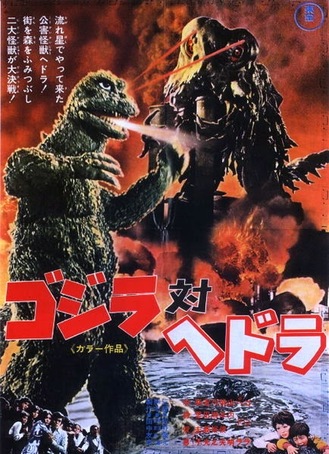 Plot The microscopic alien lifeform Hedorah feeds on Earth's pollution and grows into a poisonous, acid-secreting sea monster. After it sinks an oil tanker and attacks Dr. Yano and his young son Ken, scarring them both, Hedorah's toxic existence is revealed to the public. Ken has visions of Godzilla fighting the world's pollution, and insists Godzilla will come to humankind's aid against Hedorah. Hedorah metamorphoses into an amphibian form, allowing it to move onto land to feed on additional sources of pollution. Hedorah is confronted by Godzilla. Hedorah is easily overpowered by Godzilla and retreats into the sea. It returns shortly thereafter in a flying saucer shape demonstrating new, even deadlier forms which it can switch between at will. Thousands of people die in Hedorah's raids and even Godzilla is overwhelmed by Hedorah's poisonous emissions. As hope sinks, a party is thrown on Mt. Fuji to celebrate one last day of life before humankind succumbs to Hedorah. Ken realizes that Godzilla and Hedorah have come to Mt. Fuji as well for a final confrontation. Dr. Yano has determined that drying out Hedorah's body may destroy the otherwise unkillable monster. The JSDF swiftly constructs two gigantic electrodes for this purpose, but their power is cut off by Godzilla and Hedorah's violent battle. Godzilla energizes the electrodes with his atomic ray, dehydrating Hedorah's outer body. Hedorah sheds this outer body and takes flight to escape, but Godzilla propels himself through the air with his atomic ray to give chase. Godzilla drags Hedorah back to the electrodes and continues to dehydrate it until Hedorah dies. Godzilla tears apart Hedorah's dried-out body and dehydrates the pieces until nothing remains but dust. With Ken calling after him, Godzilla returns to the sea, but not before glaring threateningly at the surviving humanity whose pollution spawned Hedorah. The question arises: Could it happen again? Cast
Production Kenpachiro Satsuma, the actor who played Hedorah, was struck with appendicitis during the production. Doctors were forced to perform the appendectomy while he was still wearing the Hedorah suit, due to the length of time it took to take off. During the operation, Satsuma learned that painkillers have no effect on him. On a side note, this was the only time we see Godzilla fly under his own power. He uses his atomic ray as jet propulsion. Director Banno reportedly added the scene to provide a light moment in what is otherwise a fairly dark film compared to many of those which preceded it. Yoshimitsu Banno was so pleased with Godzilla vs. Hedorah that he started writing another Godzilla film. An unnamed project, dubbed Godzilla vs. Hitodah on the site, was his first attempt, but he abandoned it in favor of a direct sequel to his 1971 Godzilla film called Godzilla vs. Hedorah 2. However, Tomoyuki Tanaka, who was hospitalized during the production of Godzilla vs. Hedorah was extremely dissatisfied with the final product and went as far as to tell Banno that he had "ruined Godzilla." So Tanaka immediately barred Banno from making another Godzilla film. In fact, Banno was never allowed to direct another Toho film again and was reduced to assistant director for Prophecies of Nostradamus (1974) and as overseer of the animated TV show Cashan: Robot Hunter (1988). According to Banno though, from later interviews conducted with him, Godzilla vs. Hedorah 2 was actually still being worked on after he was removed from the project. Although who the new director would have been is unknown, but Jun Fukuda seems the most likely candidate considering that he would step up to direct the next three Godzilla films. If the film was going to keep its Africa setting at this stage is not known. The project was eventually scrapped, and three more proposed projects would be introduced that following year before finally settling on Godzilla vs Gigan (1972).  English Versions The film was released in April 1972 by American International Pictures under the title Godzilla vs. the Smog Monster. There were several small alterations: dialogue was dubbed to English, and the song "Save the Earth" (based on a song in the original Japanese version of the film) was added. This version was rated 'G' by the MPAA, and the same version was given an 'A' certificate by the BBFC for its UK theatrical release in 1975. The AIP version has been replaced in the North American home video and television markets (including Sony's DVD) by Toho's international version, titled Godzilla vs. Hedorah. This version features a different English dub dubbed by Axis International and also lacks the English-language song, Save the Earth. Reception Critical reaction to the film has been mixed, with some embracing its eccentricity and others deriding it. Japan Hero said the film is "recommended for Godzilla fans, but don't expect much out of it," adding that while "the special effects appear to be pretty good" and "watching it in its original [Japanese] language does make the movie more tolerable," "the character designs ... are bad" and "the music ... really kills the movie." Monster Zero criticized the film's production values and said that it "succeeds in carrying the series over the edge into strictly kid's stuff" and "begins the series' inexorable slide into oblivion." Stomp Tokyo said the film has "many obvious, crippling flaws" but added that "there are some good things," praising the monster action in particular. American Kaiju called the film "a confused Godzilla non-epic that doesn't seem to be sure just who it was made for in the first place." DVD Talk said it "earns points for trying something new, to break away from what was fast becoming a tired formula. The film isn't as entertaining as Godzilla vs. Gigan or Godzilla vs. Mechagodzilla, but it is more original and daring, and ... fans will want to pick [it] up." The U.S. dubbed version was featured in the 1978 book The Fifty Worst Films of All Time.  Box Office In Japan, the film sold 1,740,687 tickets. Home Media Releases Kraken Releasing - Blu-Ray Released: May 6, 2014 Picture: AVC-1080P (2.35:1) Sound: Japanese and English (DTS-HD Mono) Subtitles: English Extra: Original Japanese Theatrical Trailer Note: 86 Minutes MPAA Rating: PG for sci-fi monster violence and brief mild language Sony Pictures DVD Released: October 19, 2004 Aspect Ratio: Widescreen (2.35:1) Anamorphic Sound: Japanese (2.0), English (2.0) Supplements: Trailers for Kaena: The Prophecy, The Lost Skeleton of Cadavra and Steamboy Region 1 Rated PG for sci-fi monster violence and brief mild language. DigitalDisc DVD Released: Unknown Aspect Ratio: 1.33:1 Sound: English Mono Supplements: On Double Feature DVD with Godzilla vs. Megalon Region 1 rated PG for sci-fi monster violence and brief mild language. Orion Pictures VHS Released: 1989 Aspect Ratio: 1.33:1 Sound: English Mono Orion release of AIP's version of the film Legacy After Yoshimitsu Banno finished directing Godzilla vs. Hedorah, he began work on creating another installment in the Godzilla series. Like his first Godzilla movie, Banno had wanted the next film to have a strong message against pollution. The initial idea was that a mutant starfish-like monster battles Godzilla. However, he scrapped this idea and wrote what was going to be Godzilla vs. Hedorah 2. In it, Godzilla was to fight another Hedorah, this time in Africa. Due to Tomoyuki Tanaka's reaction to Banno's first Godzilla film, this was never realized. Director Yoshimitsu Banno spent several years trying to acquire funding for a 40-minute IMAX 3D Godzilla film starring a new version of Hedorah called Deathla. The project was tentatively titled Godzilla 3D: To The Max. With Banno currently working as a producer on Warner Brothers and Legendary Pictures upcoming Godzilla reboot, the Godzilla 3D: To The Max project was scrapped. Trivia
This was the first Godzilla film made in the 1970s, and the eleventh entry in the series. This was the first film in several years to neither reuse an old monster (not counting Godzilla) or recycle footage from a previous movie in the series. This is noteworthy since the previous five films (made between 1965-1969) had increasingly done both. Hedorah's origin is also unique for it is the only monster to be created from pollution. Hedorah's only other appearance is in Godzilla: Final Wars, where it appears alongside Ebirah in a single scene cameo and is defeated almost immediately. It is never stated what purpose Hedorah has in attacking Tokyo, and it is possible that he was just in the wrong place at the wrong time. In all likelihood, this appearance was merely as an extra monster to make the Xilien forces appear more numerous because the costume was on hand.
0 Comments
Gamera vs. Zigra (ガメラ対深海怪獣ジグラ Gamera tai Shinkai Kaijū Jigura) is a 1971 Japanese kaiju film directed by Noriaki Yuasa. It is the seventh film in the Gamera film series.
Enraged, Zigra orders the woman to go to Earth and kill the children. She says it would be simpler to kill all the people of Japan, but Zigra tells her that humans must be preserved so they can be used for food. Now, Gamera, intent on discovering the identity of the alien interloper, flies in to save the day and rescues the children and their fathers. The UN authorities, after questioning Kenichi and Helen, resolve to attack Zigra. The Defense Force jets scramble, but the Zigran spaceship makes short work of them with its powerful lasers. The alien woman arrives on earth, disguised as a normal human, and begins her search for Kenichi and Helen. She hitches a ride with a Kamogawa Sea World dolphin trainer back to the facility, which the military is now using as its center of operations. She finds the two children, but before she can catch them they run away from her. Gamera begins an underwater assault on the Zigran spaceship which transforms into a giant shark-like monster when hit by Gamera's flame breath. Zigra grows larger and larger and finally halts the heroic turtle with a ray that suspends his cell activity. Enervated, Gamera sinks into the sea. Zigra then makes contact with the people of Earth, saying that they should give up and surrender all the seas to him. Back at Sea World, the dolphin trainer and the facility's scientists discover a way to break the alien's hypnotic control with sonic waves. Thus, they manage to disable the Zigran woman, only to learn that she is actually an Earthwoman named Lora Lee (Chikako Sugawara in the Japanese version), who had been in a moon rover during the initial lunar attack and was captured and used by Zigra. Drs. Wallace and Ishikawa employ a bathysphere in an attempt to wake Gamera, only to find that Kenichi and Helen have stowed away on board. Zigra suddenly attacks them and again demands the immediate surrender of Earth or he will destroy the bathysphere. The UN commander reluctantly agrees to the alien's terms. An electrical storm approaches the bay and a couple of lightning bolts revive Gamera, who stealthily takes the bathysphere from the sea floor when Zigra is not watching and returns it to the surface. Gamera and Zigra face off a final time and Zigra, using its superior versatility underwater, slices Gamera's chest with its blade-like dorsal fin. Gamera takes hold of Zigra, flies into the air with him and then drops him at high speed, slamming the alien monster onto the land. Zigra stands up awkwardly on his tail fins in order to fight Gamera. Gamera further incapacitates Zigra by jamming a boulder through its nose, pinning it to the ground. Gamera grabs another boulder and uses it, like a hammer on a xylophone, to play the Gamera theme on Zigra's dorsal fins. Finally, Gamera kills Zigra by setting his body on fire with his flame breath, reducing it to ashes in a massive conflagration. Cast
Production Gamera vs. Zigra had a budget of 35 million yen which was roughly $97,000. Shortly after the film was completed, its production company Daiei went bankrupt leading it to be distributed by Dainichi Eihai. Release Gamera vs. Zigra was released in Japan on 17 July 1971. The film was never released theatrically in the United States. It was released directly to television by King Features Entertainment in 1987. The film was released on DVD by Shout Factory on 15 March 2011. Reception
In a retrospective review, Slant Magazine noted the films "slipshod construction (even by the standards of films featuring actors in rubber monster suits)" which "suggests less in the way of a thought-out film than a product cranked out so as to fulfill a McDonald’s Happy Meal toy contract." The review concluded that Gamera vs. Zigra "isn't nearly as much fun as it should be, but for those with a cheeky fondness for city-scale monster mashes, there are some fleeting pleasures." |
Release Dates
November 2023
|
|
© 2011-2024 Kaiju Battle. All Rights Reserved.
|
Visit Our Social Media Sites
|
Proudly powered by Weebly
|
- Home
- Features
- Movies/Media
- Collectibles
- Comics/Books
-
Databases
-
Figure Database
>
-
X-Plus Toho/Daiei/Other
>
- X-Plus 30 cm Godzilla/Toho Part One
- X-Plus 30 cm Godzilla/Toho Part Two
- X-Plus Large Monster Series Godzilla/Toho Part One
- X-Plus Large Monster Series Godzilla/Toho Part Two
- X-Plus Godzilla/Toho Pre-2007
- X-Plus Godzilla/Toho Gigantic Series
- X-Plus Daiei/Pacific Rim/Other
- X-Plus Daiei/Other Pre-2009
- X-Plus Toho/Daiei DefoReal/More Part One
- X-Plus Toho/Daiei DefoReal/More Part Two
- X-Plus Godzilla/Toho Other Figure Lines
- X-Plus Classic Creatures & More
- Star Ace/X-Plus Classic Creatures & More
-
X-Plus Ultraman
>
- X-Plus Ultraman Pre-2012 Part One
- X-Plus Ultraman Pre-2012 Part Two
- X-Plus Ultraman 2012 - 2013
- X-Plus Ultraman 2014 - 2015
- X-Plus Ultraman 2016 - 2017
- X-Plus Ultraman 2018 - 2019
- X-Plus Ultraman 2020 - 2021
- X-Plus Ultraman 2022 - 2023
- X-Plus Ultraman Gigantics/DefoReals
- X-Plus Ultraman RMC
- X-Plus Ultraman RMC Plus
- X-Plus Ultraman Other Figure Lines
- X-Plus Tokusatsu
- Bandai/Tamashii >
- Banpresto
- NECA >
- Medicom Toys >
- Kaiyodo/Revoltech
- Diamond Select Toys
- Funko/Jakks/Others
- Playmates Toys
- Art Spirits
- Mezco Toyz
-
X-Plus Toho/Daiei/Other
>
- Movie Database >
- Comic/Book Database >
-
Figure Database
>
- Marketplace
- Kaiju Addicts

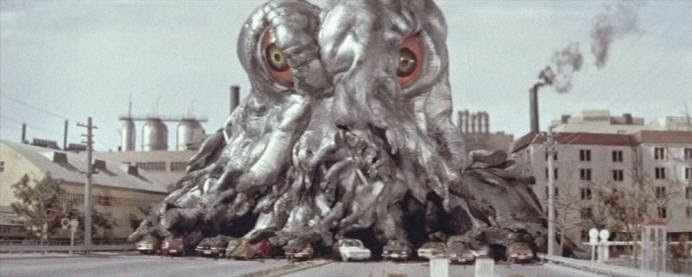
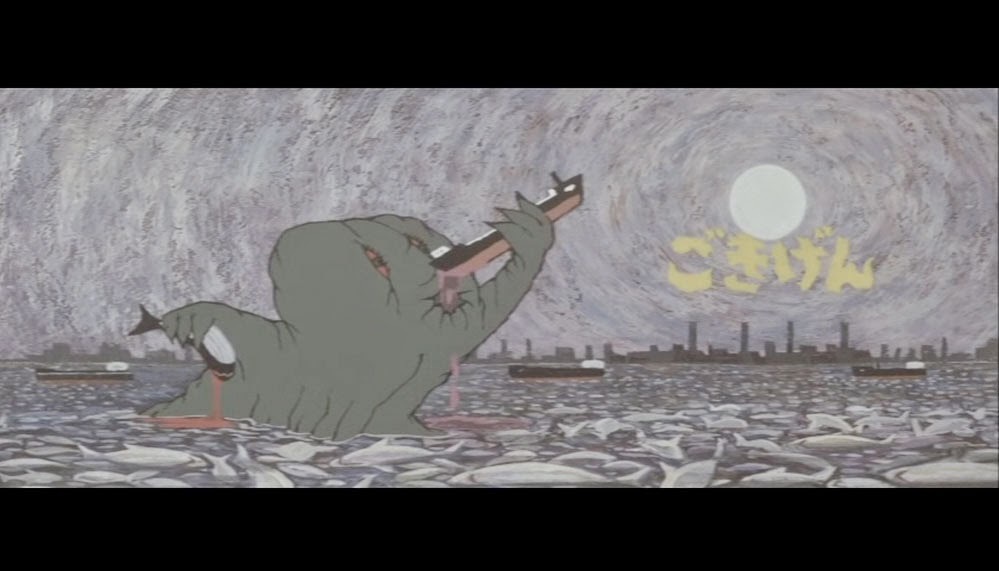

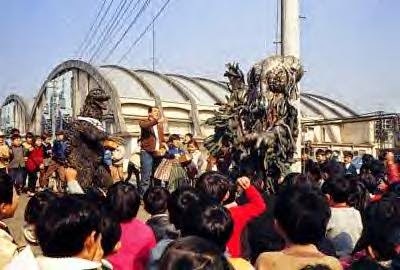




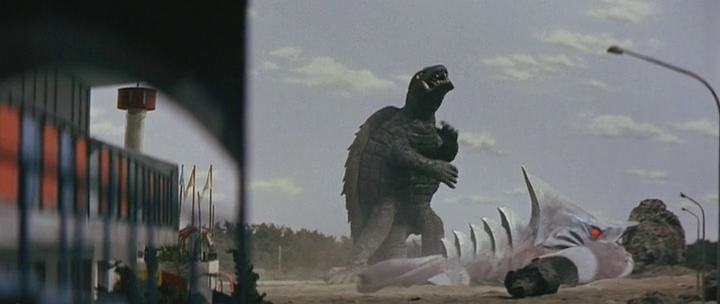




 RSS Feed
RSS Feed